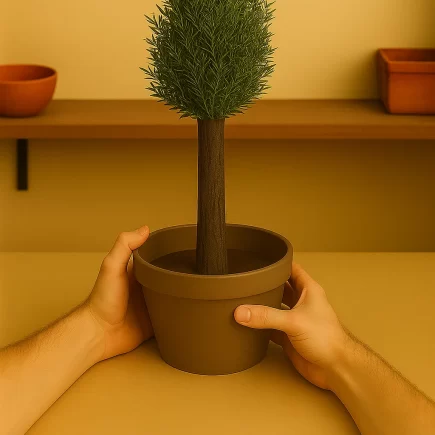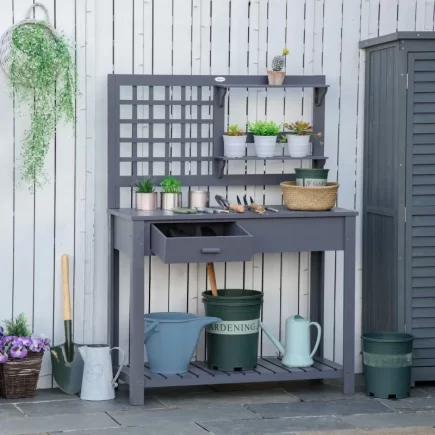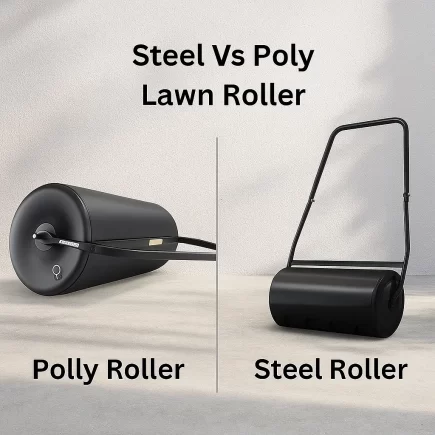Disposing of large mirrors requires more than just tossing them in the trash, it demands care, safety, and environmental responsibility. Whether your mirror is cracked, chipped, or simply no longer needed, proper handling prevents injuries and keeps recyclable materials out of landfills. This guide covers every step, from securely wrapping and labeling broken glass to understanding recycling restrictions and discovering creative reuse ideas.

Learn how to dispose of mirrors safely, comply with local waste rules, and explore eco-friendly alternatives that give your old mirror a second life.
1. How to Dispose of an Old or Broken Mirror
The correct approach depends on the mirror’s condition. Intact mirrors can often be reused or donated, while broken ones must be safely contained.
Step 1: Inspect the Mirror
| Mirror Condition | Recommended Action |
| Unbroken and clean | Donate, sell, or reuse |
| Light scratches or chips | Upcycle into a décor project |
| Cracked or shattered | Prepare for safe disposal |
If your mirror is still usable, avoid sending it to the landfill. Many thrift stores, community centers, or local resale apps accept them if they’re undamaged.
Step 2: Prepare for Disposal

- Before discarding a damaged mirror, wear protective gloves and shoes, reinforce the surface with duct tape in an “X” or grid pattern, and wrap it securely in thick cardboard or a blanket.
- Label the package “Glass” or “Broken Glass.” These steps keep the glass from shattering and ensure sanitation workers know it’s fragile.
Step 3: Arrange Pickup or Drop-off
- Regular trash: Small, wrapped mirrors can sit beside your bin.
- Bulk pickup: Schedule collection through your city’s waste service for large pieces.
- Uncertain rules: Call your local sanitation office to verify accepted materials.
| Facility Type | Accepts |
| Landfill | Mirrors, large glass items |
| Transfer Station | Household glass, debris |
| Junk Removal Service | Bulky mirrors, framed glass |
2. Can You Recycle Large Mirrors?
Most mirrors cannot be recycled with normal household glass. The metallic coating used for reflection prevents the glass from melting uniformly, damaging recycling equipment and contaminating other glass materials.
| Issue | Explanation |
| Composite layers | Mirror glass fused with metal cannot be separated easily. |
| Melting-point conflict | Reflective coating alters the heat tolerance of the glass. |
| Processing hazards | Sharp, coated shards endanger recycling staff and machinery. |
Key takeaway: Never place mirrors in curbside recycling bins. If reuse isn’t an option, dispose of them through bulk or landfill programs.

3. Packaging and Disposing of Broken Mirrors
- Broken mirrors must be contained to avoid injuries.
- Use the same taping, wrapping, and labeling method to secure cracked or shattered pieces before disposal. Once packaged:
- Bulk pickup: Place labeled bundles beside your trash bin on collection day.
- Landfill or Transfer Station: Drop off sealed packages directly.
- Private Junk Removal: Hire a hauler if you have oversized mirrors or multiple items.
Keep all bundles away from children and pets until collected, and never mix mirror glass with recyclables.
4. Breaking Down Large Mirrors for Easier Disposal
For mirrors too large to lift or fit into vehicles, carefully break them into smaller sections outdoors.

- Move outside to a flat, paved surface.
- Place cardboard underneath to catch fragments.
- Apply a tape grid across the surface to hold pieces together.
- Cover with another cardboard sheet to prevent shards from scattering.
- Tap gently with a hammer along the grid lines until the mirror separates into manageable sections.
- Wrap and label each piece as described earlier.
| Mirror Type | Recommended Section Size | Approx. Weight |
| Bathroom mirror | 18 × 18 inches | 3–4 lbs |
| Closet-door mirror | 24 × 24 inches | 6–8 lbs |
| Large decorative mirror | 30 × 30 inches | 10–12 lbs |
Breaking mirrors into smaller panels makes disposal safer and easier to transport.
5. Eco-Friendly and Reuse Alternatives
Throwing away a mirror should be the last resort. If it’s intact, find a new purpose for it or pass it along to someone who can use it.
| Method | Waste Diverted from Landfill | Environmental Benefit |
| Donation / Resale | 100 % | Extends product life, avoids new manufacturing |
| Upcycling | 80–90 % | Reduces demand for new materials |
| Trash Disposal | 0 % | Safe for broken glass but less sustainable |
6. Safety Tips and Common Mistakes to Avoid
Proper handling protects both you and waste workers.
Essential Safety Guidelines
- Lift mirrors vertically to reduce flexing and cracking.
- Keep the workspace clear and well-lit.
- Always wear gloves and eye protection when handling or breaking glass.
- Sweep and vacuum twice to capture micro-shards.
- Store wrapped mirrors away from hallways or doorways until disposal day.
Common Mistakes and Safer Solutions
| Mistake | Risk | Safe Alternative |
| Tossing mirrors in recycling | Contaminates recyclable glass | Use bulk or landfill disposal |
| Breaking mirrors indoors | Leaves hidden shards | Always break outdoors |
| Forgetting labels | Injures sanitation workers | Write “Broken Glass” on all sides |
| Using thin wrapping | Tears under weight | Use heavy cardboard or blankets |
| Leaving shards loose | Injury risk | Tape and seal completely |
Quick Disposal Checklist
| Step | Task |
| 1 | Checked mirror’s condition (reuse or dispose) |
| 2 | Wore protective gear |
| 3 | Applied tape grid on surface |
| 4 | Wrapped in cardboard or newspaper |
| 5 | Labeled “Broken Glass” clearly |
| 6 | Scheduled pickup or drop-off |
| 7 | Cleaned work area of shards |
Disposing of large mirrors responsibly takes planning but helps keep your home and community safe. Because Mirrors aren’t recyclable in standard programs, proper packaging, labeling, and compliance with local waste rules are essential.
Whenever possible, give an unbroken mirror a second life through donation or creative reuse. For cracked or shattered pieces, follow the secure taping and wrapping method described above, then arrange pickup or drop-off according to your city’s policy.
Handled correctly, mirror disposal is safe, compliant, and environmentally responsible, ensuring every reflective surface ends its life cycle without causing harm.
FAQs
1. Is it safe to transport a mirror in my car for disposal?
It can be, if the mirror is wrapped securely in a blanket or bubble wrap, laid flat, and cushioned with soft materials to prevent vibration or breakage during transit.
2. What should I do if a mirror breaks during a move?
Stop immediately, wear gloves, and collect large shards with cardboard. Use duct tape to pick up smaller splinters, then seal all debris in a labeled box before disposing of it safely.
3. Can damaged mirrors be used in landscaping or outdoor projects?
Yes, sealed mirror shards can be used creatively in garden art or mosaic stepping stones, but they must be fully enclosed in grout or resin for safety.

























